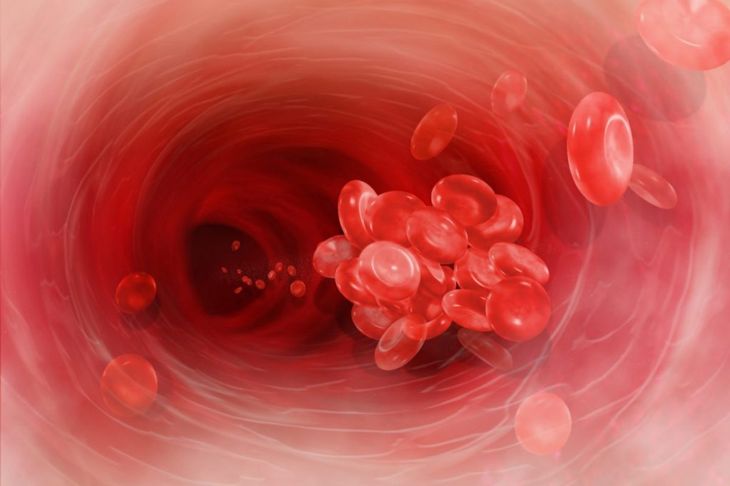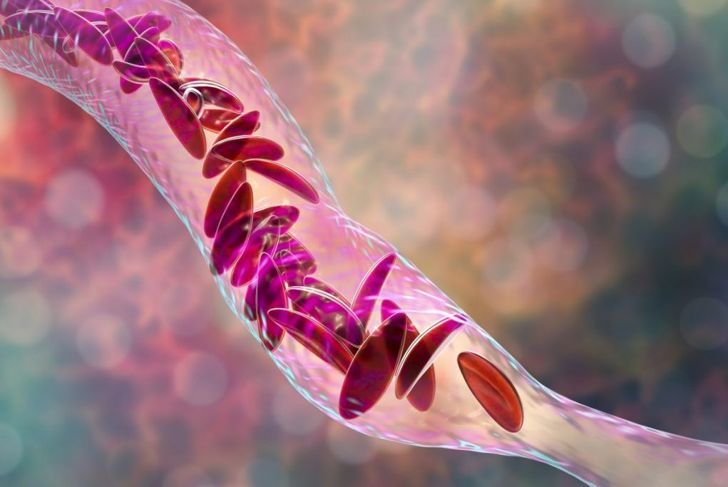An erection is a normal part of sexual function, but one that lasts for more than a couple of hours is an indication of a serious medical condition. Priapism is a rare occurrence, affecting less than 10 percent of the male population, though it can develop at any age. The causes range from mundane to complicated. In all cases, getting help quickly means the difference between temporary discomfort and life-altering issues.
Types of Priapism
When blood is unable to leave the penis, this is known as low-flow, ischemic priapism. The shaft becomes rigid, but the tip of the penis, the glans, is soft. This is a common and painful type of priapism. On the other hand, improperly regulated blood flow causes high-flow, non-ischemic priapism. In these cases, the shaft is erect but not rigid, making it less painful.
Injury
One of the causes of priapism is sex-related penile trauma. The injury causes the organ to swell and stiffen. Pelvic tumors and infections may also lead to priapism, as well as damage to the perineum, the area between the anus and the base of the penis. Perineal injuries occur from collisions with a hard surface, resulting in non-ischemic priapism.
Sickle Cell Disease
Sickle cell disease describes a group of disorders that cause the red blood cells to develop a sickle, rather than disc, shape. This shape prevents the blood from moving freely through vessels, causing painful blockages throughout the body. If the blockage occurs in the penis, ischemic priapism can result. Some people experience stuttering priapism, mini-episodes of an attack, before the acute version sets on.
Hypogonadism
The body releases gonadotropins to stimulate the activity of the sex organs. In men with hypogonadism, the body does not produce enough testosterone, resulting in an inability to produce testosterone, sperm, or both. One form of treatment is testosterone replacement therapy. If the testosterone dosage is too high, however, it can lead to priapism, even in children.
Drug-Induced Priapism
Most antipsychotic drugs are alpha-1 adrenergic, meaning they stimulate smooth muscle contractions in the blood vessels. Men who take antipsychotics to treat conditions such as schizophrenia can experience multiple episodes of priapism, even at night. Antidepressants may also cause this type of erectile dysfunction, albeit indirectly. One study investigated a prescription antidepressant that was used off-label to successfully treat insomnia. One of the side effects was ischemic priapism, caused by a clot in the corpus cavernosum, the main erectile tissue.
Blood Thinners
When blood clots too much, doctors prescribe anticoagulants or blood thinners. However, a strange side effect of this treatment was first documented in 1970. Doctors warned about rebound hypercoagulation resulting in priapism. The sudden discontinuation of certain anticoagulants induces this boomerang condition and results in platelets spontaneously aggregating in the penis, causing priapism.
Spinal Cord Injury
Men experience non-ischemic priapism at the moment of or immediately after an acute spinal cord injury. With the sudden loss of communication, increased parasympathetic response and uncontrolled arterial flow into the penile tissue causes the penis to become partially or fully turgid. While priapism can result from injuries anywhere along the spine, the majority derive from cervical lesions and take as long as 30 hours to resolve.
Diagnosis
Doctors use various methods to identify the type of priapism and possible causes. A urine test determines the drugs in the system, including illicit drugs like cocaine, which is a known cause of priapism. A non-invasive ultrasound measures blood flow, which would reveal any blockages, and blood tests show platelet counts and evidence of diseases such as sickle cell or cancer. Doctors may also use a needle to remove a blood sample from the penis, both visual and laboratory examinations. The color of the blood is a primary indicator. Bright red blood means non-ischemic priapism is likely, while black blood shows ischemia. The sample is then tested for certain blood gases, to confirm the diagnosis.
Complications of Priapism
Men with priapism sometimes mistakenly assume that the condition will right itself with enough time. However, the longer it goes on, the worse the possible outcome. Due to a lack of oxygen to the penis, ischemic priapism that lasts for more than four hours can lead to lasting erectile dysfunction due to tissue damage, as well as penile disfigurement. If necrosis sets in before the man seeks treatment, doctors may need to amputate.
Treatment Options
For non-ischemic priapism, ice packs, pressure on the perineum, and time can relieve the condition. Under certain circumstances, doctors may need to surgically insert a gel-like material to temporarily halt blood flow. Ischemic priapism requires more vigorous and immediate attention, due to the potential for complications. Doctors will perform blood aspiration, followed by a saline flush and repeated treatments to restrict blood flow. If these methods do not work, surgery can correct organ function.

 Home
Home Health
Health Diet & Nutrition
Diet & Nutrition Living Well
Living Well More
More




















